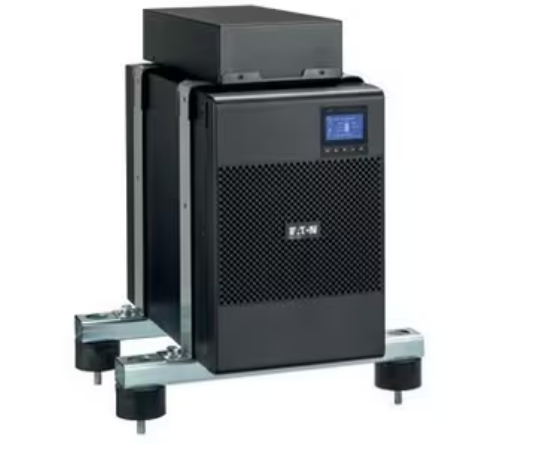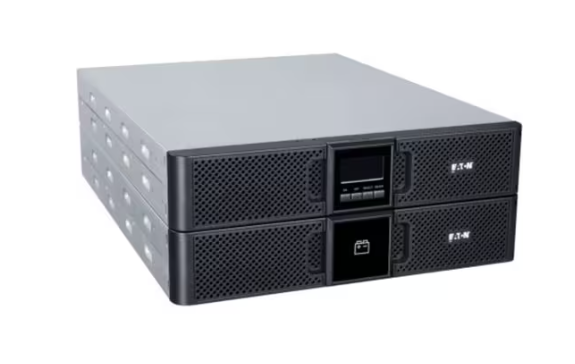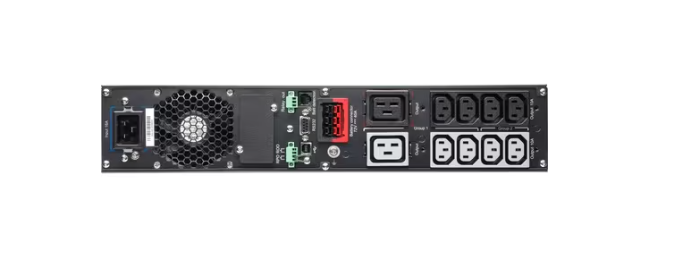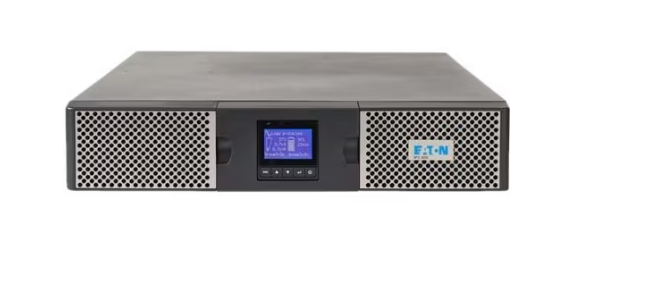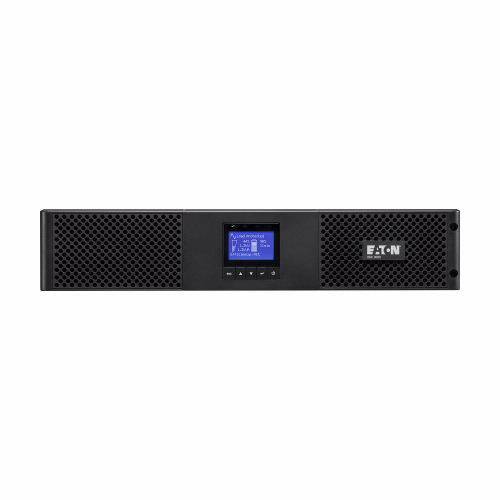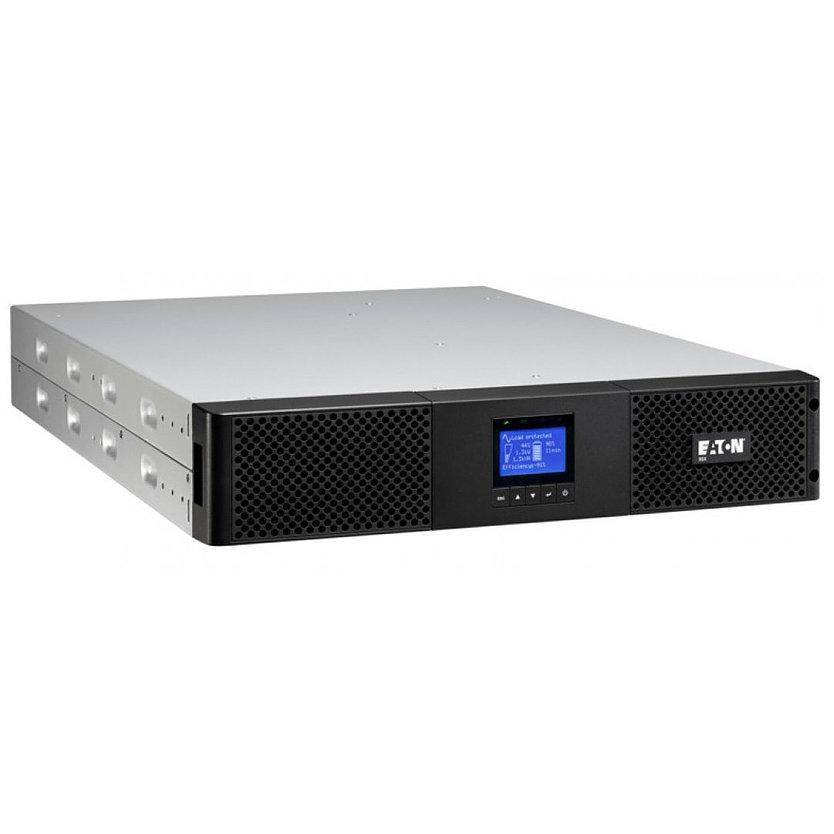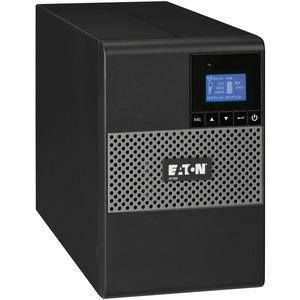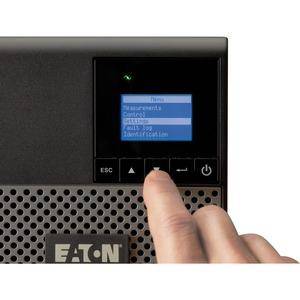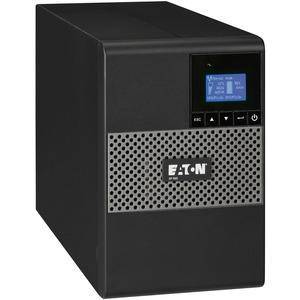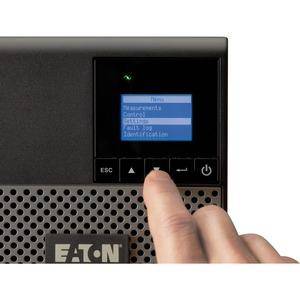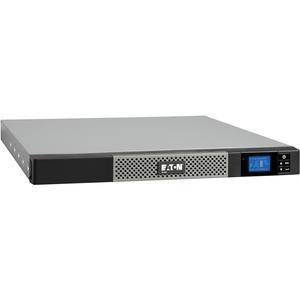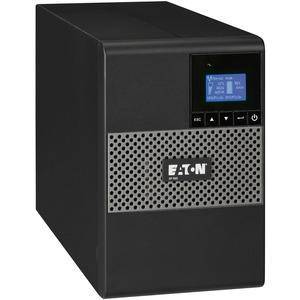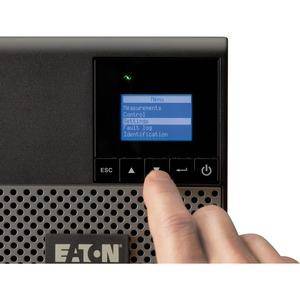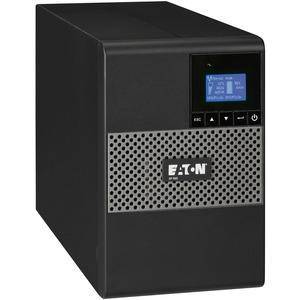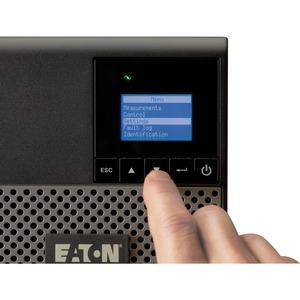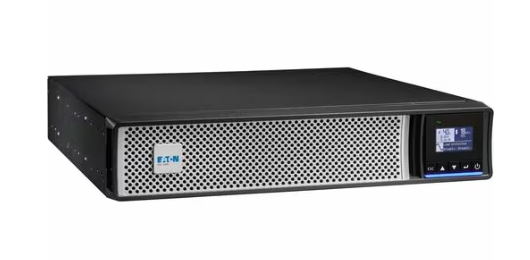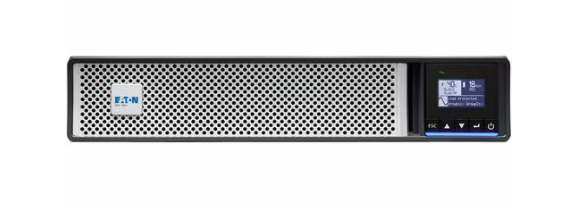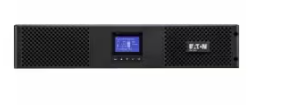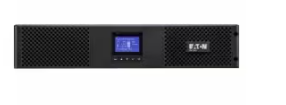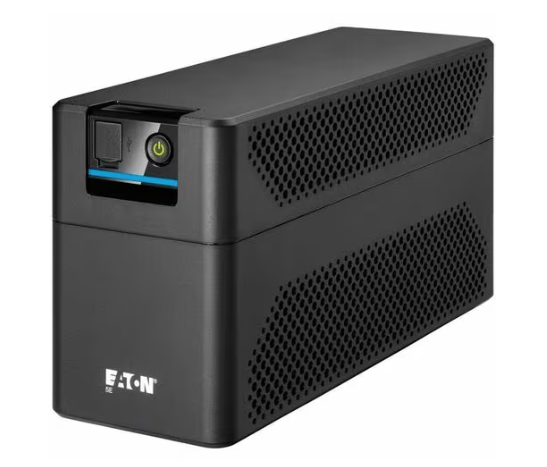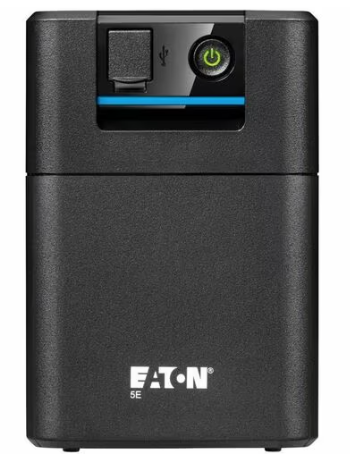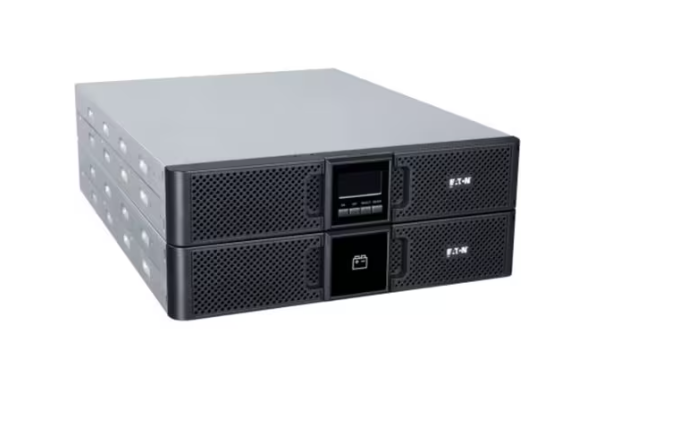Eaton UPS
15 products
Showing 1 - 15 of 15 products

Eaton’s mission is to improve the quality of life and the environment through the use of power management technologies and services. We provide sustainable solutions that help our customers effectively manage electrical, hydraulic and mechanical power – more safely, more efficiently and more reliably. Eaton’s 2019 revenues were $21.4 billion, and we sell products to customers in more than 175 countries.
Uninterruptible power supply FAQ
What is an uninterruptible power supply?
What is the difference between single-phase UPSs vs. three-phase UPSs vs. split-phase UPSs?
Phases of a UPS, such as a single-phase UPS or a three-phase UPS, describe the number of electrical phases that a UPS receives and transmits. Electrical utilities generate three-phase power because that is the most efficient way to transport electricity over long distances. And for larger power consumers, such as large data centers, industrial manufacturing and hospitals, the power stays as three-phase, requiring a three-phase UPS. For smaller power consumers, including residential or office buildings and most K-12 schools, the power is converted to single-phase power.
Some applications contain a mix of single-phase and three-phase equipment and require a UPS that can protect both. For those deployments, a split-phase UPS, which can simultaneously provide 120V and 208V output, is often the best option.
What size UPS do you need?
UPSs are given a power rating in volt-amperes (VA) that range from 300 VA to 5,000 kVA. This rating represents the maximum load that a UPS can support, but it shouldn’t match exactly the power load you have. To allow room for growth, the best practice is to choose a UPS with a VA rating that is 1.2x the total load you need it to support. If your UPS will be supporting motors, variable-speed drives, medical imaging devices or laser printers, add more VA capacity to your requirements to account for the high power inrush that occurs when those devices startup.
Companies that are anticipating rapid growth should use a higher multiplier than 1.2x. Newer server hardware tends to have higher power requirements than older models, so factoring in additional VA will account for adding more and newer equipment.
What are the different types of UPSs?
UPS systems are grouped by topology, which refers to how the UPS and utility power work together. This translates to the level of efficiency and reliability you can expect from your power source. There are five main types of UPS topologies:
Standby UPSs allow equipment to run off utility power until the UPS detects a problem, at which point it switches to battery power to protect against sags, surges or outages. This topology is best suited for applications requiring simple backup or with less sensitive equipment, such as small office/home office and point-of-sale equipment.
Line-interactive UPSs actively regulate voltage either by boosting or decreasing utility power as necessary before allowing it to pass to the protected equipment or by resorting to battery power. Line-interactive models are ideal for applications where protection from power anomalies is required, but the utility power is relatively clean. Main distribution frame (MDF) and intermediate distribution frame (IDF) communication closets, non-centralized server and network rooms, and general IT enclosures are ideally suited for this topology.
Online UPSs provide the highest level of protection by isolating equipment from raw utility power—converting power from AC to DC and back to AC. Unlike other topologies, this double conversion method provides zero transfer time to battery for sensitive equipment since the electricity is already coming from the UPS. The online, double conversion UPS topology is best applied to mission-critical equipment and locations where utility power is poor or highly unreliable.
Ferroresonant UPSs operate similarly to line-interactive UPSs with the exception that a ferroresonant transformer is used to condition the output and hold energy long enough to cover the time between switching from line power to battery power which effectively means a no-break transfer. Many ferroresonant UPSs are 82-88 percent efficient and offer excellent isolation. Although no longer the dominant type of UPS, these robust units are still used in industrial settings such as the oil and gas, petrochemical, chemical, utility and heavy industry markets.
Multi-mode UPSs are considered the best choice for companies looking to achieve an optimal balance of efficiency and protection. The two modes within these UPSs are a high-efficiency, eco-mode and a premium power protection mode. The UPS can switch between these two modes automatically when it detects problems in the utility power. This functionality can save a significant amount in operating expenses.
Generator compatible UPS
If you have the space available, pairing a generator with a UPS guarantees that your backup power system will get you through every imaginable outage. When a UPS and generator are deployed together, the role of the UPS is to maintain power for one to five minutes, which is how long it takes for a generator to start up.
Not all UPSs pair well with a generator. Check out six considerations to achieving generator-UPS harmony to learn more about choosing a UPS for your generator.
Lithium-ion battery UPS
Valve-regulated lead-acid (VRLA) batteries have long been the industry standard choice for UPS batteries. Eaton now offers lithium-ion batteries as an alternative. Lithium-ion batteries have a longer life span, smaller footprint and a faster recharge time compared to VRLA batteries. Over the life of your UPS a lithium-ion battery UPS will save a considerable amount in operating expenses.
Read more about Eaton’s lithium-ion battery offerings.
Pure sine wave UPS
All alternating current (AC) power is not created equally and anyone running highly sensitive medical or network equipment knows that. When a UPS is running on battery backup the electrical current it is producing has waveforms that are either pure sine waves or modified sine waves. Most IT equipment can–and does–run smoothly on a modified sine wave current. For more sensitive equipment, such as medical imaging machines, telecommunications systems and mission critical servers, a pure sine wave UPS is worth the investment to avoid damage and decreased efficiency over the equipment’s lifetime.
Scalable, modular UPS
Modular UPSs provide the flexibility to grow your UPS as your power needs grow. Unlike conventional UPSs that require you to buy additional UPSs or larger models upfront, modular UPS systems let you pay-as-you-grow so your growth is never hindered by your power protection system.
Network capable UPS
If you have a decentralized power protection architecture, you know the importance of having a UPS with network monitoring and management capabilities. Having remote visibility on all your UPSs isn’t just about convenience. It allows you to resolve issues quickly without wasting time traveling from site to site.
Eaton’s network connectivity cards are designed to be plug-and-play additions to any Eaton network capable UPS. Adding a connectivity card allows you to monitor your UPS through a web interface or connected software.
Eaton’s Gigabit Network Card has enhanced cybersecurity features, including stronger encryption, configurable password policy and usage of CA and PKI signed certificates, in accordance with UL 2900-2-2.
TAA compliant UPS
For government applications that require products made in America, Eaton offers a line of TAA compliant UPSs. Single-phase and three-phase TAA compliant UPSs are available in a wide range of power ratings.
Do you know the difference between VA versus watts?
Watch this quick video teaching you the importance of understanding the difference VA versus watts.
Download UPS Fundamentals Handbook - Sept 2019
